An innovative solution
of proven experts
with a full cycle
from project planning
to launch
An innovative solution
of proven experts
with a full cycle
from project planning
to launch
Creation of digital citizen registers
Registration and verification of individuals
using fingerprint and other biometrics
Mobile Biometric Solutions
Improved Governance
Accurate and up-to-date demographic data that can help governments in making informed decisions and formulating effective policies.
It enables authorities to better plan public services, allocate resources, and implement social welfare programs based on the needs of the population.
Efficient Service Delivery
Efficient and seamless service delivery to citizens.
It can streamline processes related to healthcare, education, social security, voting, and other government services by providing a reliable database of individuals' information, reducing duplication, and ensuring accurate targeting of beneficiaries.
Enhanced National Security
Control over the movement of people within the country, monitor immigration and emigration patterns, and detect potential security threats.
This information can be crucial for law enforcement agencies in maintaining public safety and preventing identity-related crimes.
Effective Resource Management
Urban planning and infrastructure development based on population density and demographic trends.
This information can assist in allocating resources efficiently, such as ensuring adequate housing, transportation, and utilities in areas with higher population concentrations.
Data-Driven Decision Making
Valuable source of data for research, analysis, and evidence-based decision making.
Governments, policymakers, and researchers can utilize this data to identify social and economic trends, assess the impact of policies, and design targeted interventions to address specific challenges faced by different segments of the population.
Efficient Electoral Processes
Fair and transparent electoral processes.
It assists in maintaining accurate voter rolls, eliminating duplicate registrations, and preventing fraudulent activities such as impersonation or multiple voting.
Technology
Universal mobile complex
and distributed ledger technology
The system uses distributed registry technology to store and synchronize data on all platforms.
Each mobile registration complex is a node with all the collected data.
Data is transmitted over the nodes that make up the network.
Duplicated on them and synced. Each node is independently updated to a complete copy of the registry.
The collected data is uploaded to an external database at any time from any of the complexes.
This technology provides a high level of security.
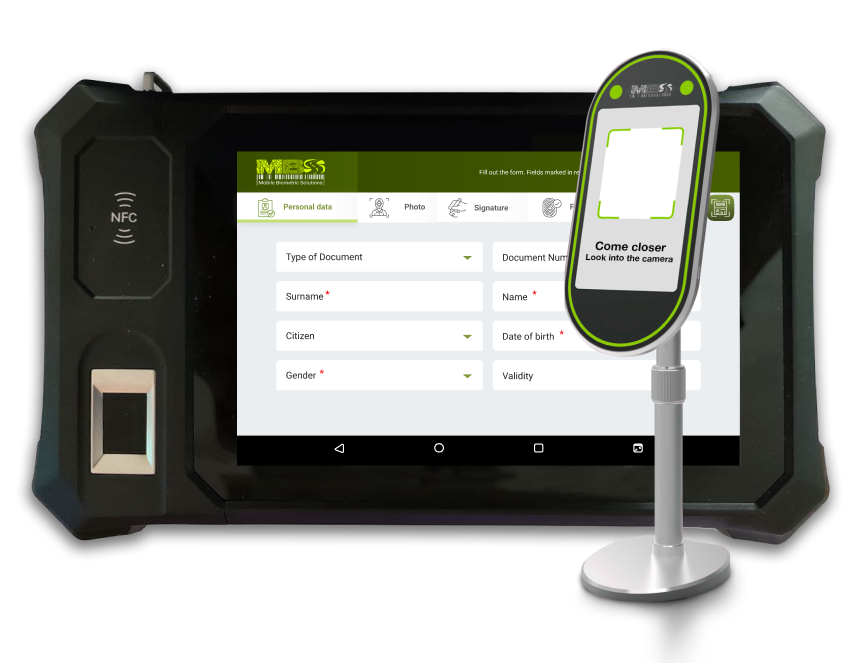
State registries
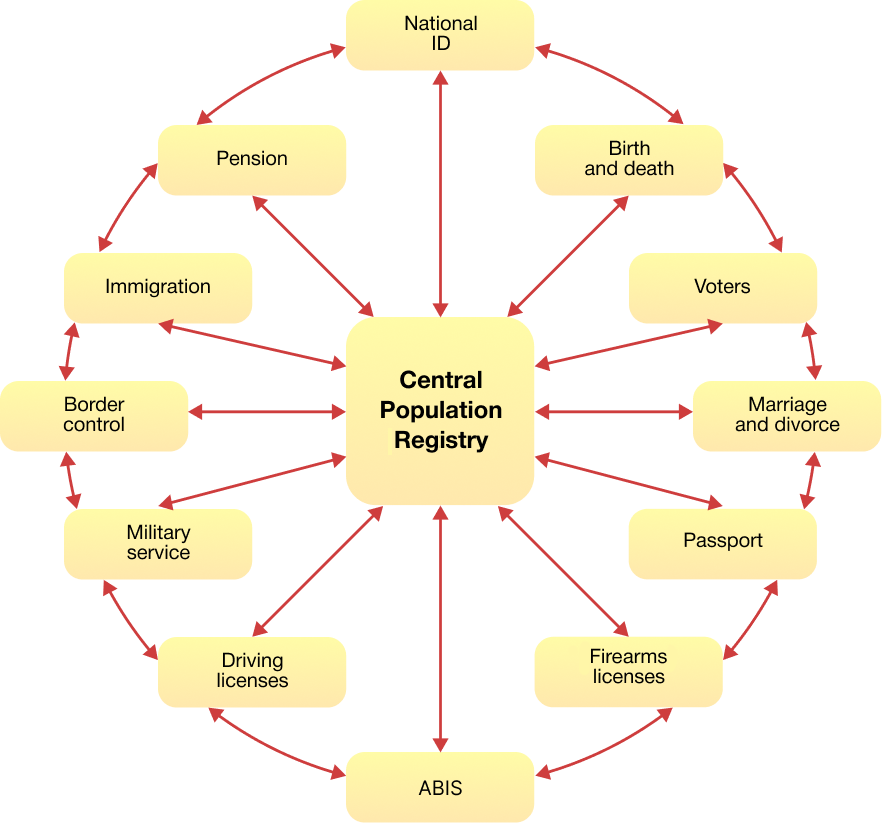
Population registry (registration) can be centralized or decentralized and carried out by local authorities.
Most often, population registration is carried out at stationary registration points (registry office, Ministry of Internal Affairs, etc.).
The maintenance of registries for certain population groups may be departmental and is also carried out at stationary registration points (police department, immigration service, etc.).
...read more...
The lack of registration has a negative impact on the ability to access basic services, such as healthcare or education, as well as on the protection of personal rights. The Global Plan to Expand the Scale of Investment in Civil Registration and Vital Statistics (CRVS), developed by the World Bank and the World Health Organization in collaboration with other institutions, aims to achieve universal registration of civil status records of births, deaths, marriages, and other vital events, including reporting the cause of death and access to legal evidence of registration for all individuals by 2030.
In the case of registries for other different population categories, there is also a problem with their creation:
- Refugees and victims of emergencies may be in special temporary refugee camps;
- Foreign citizens may cross the border not only at well-equipped points such as airports but also in remote and unequipped border crossings, making it difficult to create registries of immigrants;
- checking different population groups can also take place not at stationary points (checking foreign citizens at their place of residence).
The solution to all these problems is the possibility of mobile registration and verification of biometric and demographic data.
State registries

Population registry (registration) can be centralized or decentralized and carried out by local authorities.
Most often, population registration is carried out at stationary registration points (registry office, Ministry of Internal Affairs, etc.).
The maintenance of registries for certain population groups may be departmental and is also carried out at stationary registration points (police department, immigration service, etc.).
The lack of registration has a negative impact on the ability to access basic services, such as healthcare or education, as well as on the protection of personal rights. The Global Plan to Expand the Scale of Investment in Civil Registration and Vital Statistics (CRVS), developed by the World Bank and the World Health Organization in collaboration with other institutions, aims to achieve universal registration of civil status records of births, deaths, marriages, and other vital events, including reporting the cause of death and access to legal evidence of registration for all individuals by 2030.
In the case of registries for other different population categories, there is also a problem with their creation:
- Refugees and victims of emergencies may be in special temporary refugee camps;
- Foreign citizens may cross the border not only at well-equipped points such as airports but also in remote and unequipped border crossings, making it difficult to create registries of immigrants;
- checking different population groups can also take place not at stationary points (checking foreign citizens at their place of residence).
The solution to all these problems is the possibility of mobile registration and verification of biometric and demographic data.
Solutions portfolio
National Civil
Registration
Election
Management System
Mobile registration
of victims in
emergency situations
Registration
of military personnel
and conscripts
Mobile registration,
verification of foreign
citizens
The Firearms Licenses
Voter registration
National Civil Registration
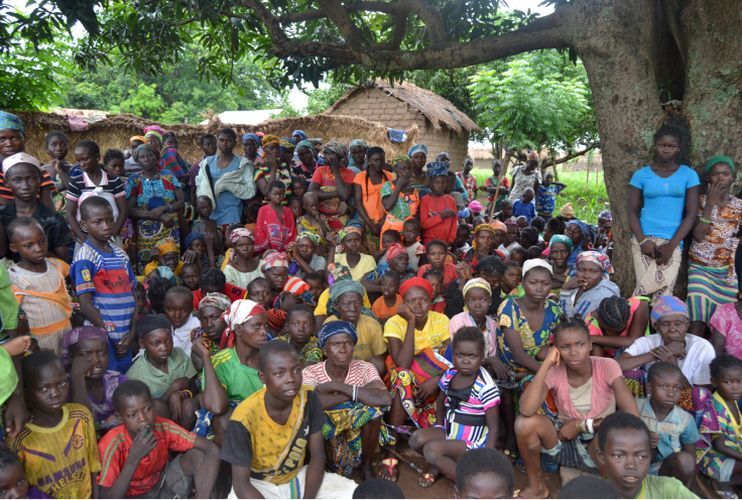
Mobile Demographic and Biometric Data capture.
Establishment of Secured National Registry.
Issuance of national secured identity documents
(Birth and Death Certificates, ID Cards, …)
Election Management System

Managing the entire election process from voter registration to the final declaration of results.
Voter registration: Capturing personal information and biometric data of eligible voters and issuing voter identification cards.
Candidate nomination and registration: Managing the process for political parties and independent candidates to register for an election.
Polling station management: The setup and management of polling stations, including the assignment of polling staffand the allocation of election materials.
Result management: collects, collates, and manages election results from all polling stations.
Reporting and transparency: the EMS provides real-time reporting of election results and ensures transparency through out the election process.
Mobile registration of victims in emergency situations
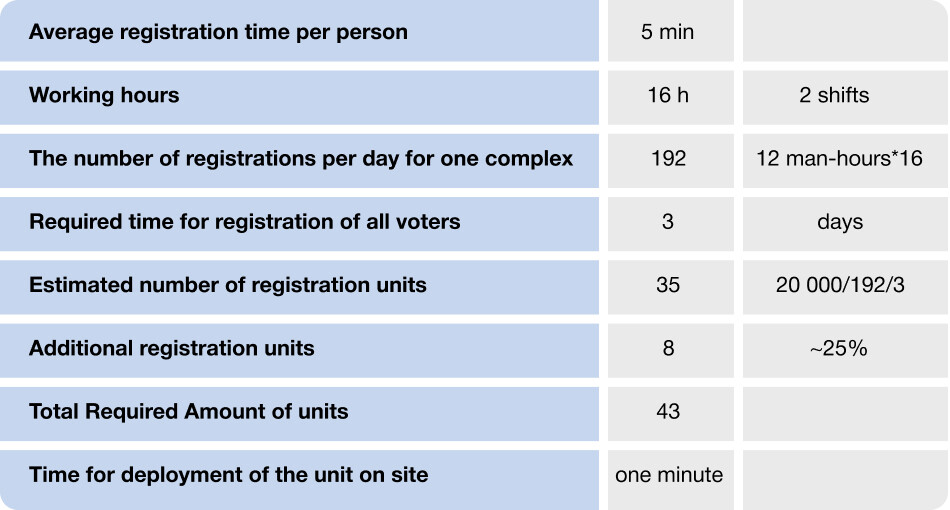
Mobile registration of victims in emergency situations register
Registration of victims located in an isolated area (disaster area).
Registered citizens receive a temporary ID document confirming registration as a victim
The solution is most suitable for the quick and safe registration of 20,000 victims in an isolated camp.
Registration takes place using a mobile complex.
Printing takes place centrally in the mobile document production center.
Registration of military personnel and conscripts

Creation of unified state registers of military personnel and citizens subject to military registration or mobilization.
Include:
- registration of military personnel and conscripts;
- collection and storage of biometric and demographic data for military personnel and citizens;
- identification and verification of military personnel and citizens using biometric and demographic data;
- generation of military identification cards and other relevant documents;
- integration with other relevant systems for seamless data sharing and management.
Mobile registration, verification of foreign citizens
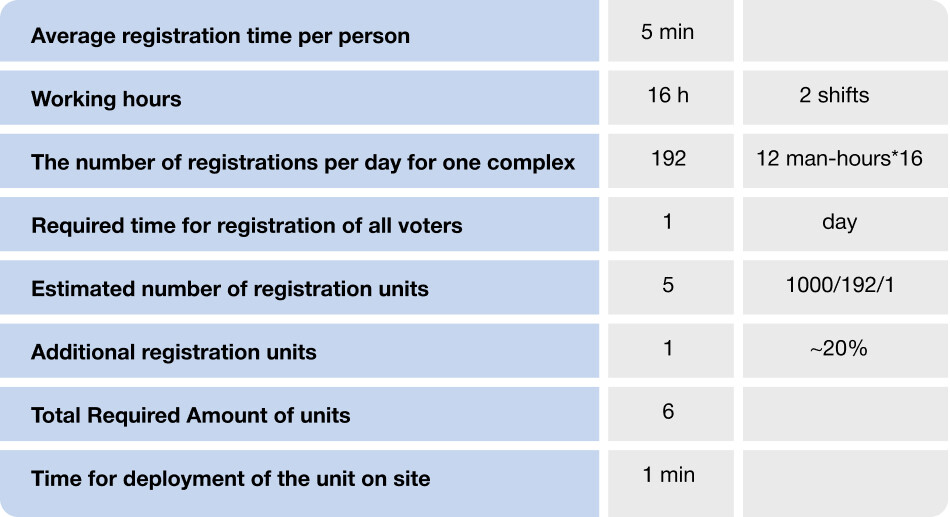
Mobile registration of illegal immigrants
Mobile biometric registration of foreign citizens.
Quick check of foreign citizens for work, study permits, etc.
Identifying illegal immigrants.
Operational verification of the police, immigration service, INTERPOL databases, etc.
The solution is most suitable for the quick and safe registration of 1,000 illegal immigrants.
The system uses mobile communication to connect with the data center.
The Firearms Licenses

System is responsible for managing the issuance and renewal of firearms licenses, as well as the registration of firearms and their owners.
- Firearms license application processing: the processing of applications for firearms licenses, including verifying the eligibility of the applicant and performing background checks.
- Firearms registration: a database of registered firearms and their owners, including information such as make, model, and serial number of the firearm, as well as the name and contact information of the owner.
- License renewal: the process of renewing firearms licenses, including sending reminders to license holders when their licenses are due for renewal.
- License revocation: the ability to revoke firearms licenses in cases where the license holder no longer meets the eligibility criteria, or if the license holder has violated the terms and conditions of their license.
Integration with other systems: integration with other systems such as the central population database, criminal record system, and law enforcement agencies, to ensure that firearms licenses are only issued to eligible individuals with no criminal history.
Registration of military personnel and conscripts
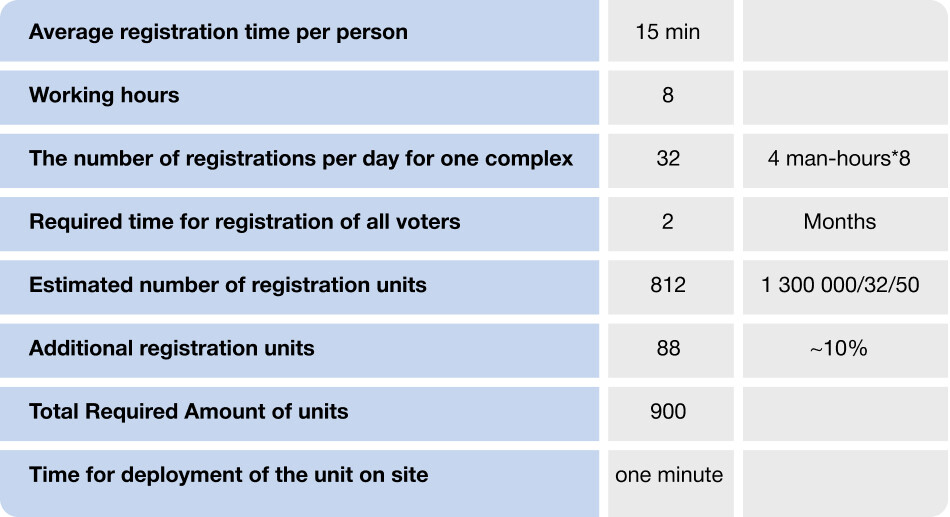
Assumptions:
The population of the country is about 2,000,000
Voters - about 2,000,000
An example of calculating the amount of equipment needed to create a voter register in a country with a population of about 2 m.
In order to be able to participate in an election or a referendum, a person must be entered in the register of voters.
To create a register, registration officers go around all the houses and register all persons over the age of 18.
It may be necessary to present documents confirming the right to vote, such as a birth certificate or identity cards.
During registration, the presented document is scanned, and its data can be compared with the data in the central population register.
During registration, the voter's fingerprints (4 or 10) are taken and will be used on Election Day to verify the voter.
Solutions portfolio
National Civil
Registration
Election
Management System
Mobile registration
of victims
in emergency
situations
Registration
of military personnel
and conscripts
Mobile registration,
verification of foreign
citizens
The Firearms Licenses
Voter registration
National Civil Registration

Mobile Demographic and Biometric Data capture.
Establishment of Secured National Registry.
Issuance of national secured identity documents
(Birth and Death Certificates, ID Cards, …)
Election Management System

Managing the entire election process from voter registration to the final declaration of results.
Voter registration: Capturing personal information and biometric data of eligible voters and issuing voter identification cards.
Candidate nomination and registration: Managing the process for political parties and independent candidates to register for an election.
Polling station management: The setup and management of polling stations, including the assignment of polling staff and the allocation of election materials.
Result management: collects, collates, and manages election results from all polling stations.
Reporting and transparency: the EMS provides real-time reporting of election results and ensures transparency through out the election process.
Mobile registration of victims in emergency situations

Mobile registration of victims in emergency situations register
Registration of victims located in an isolated area (disaster area).
Registered citizens receive a temporary ID document confirming registration as a victim
The solution is most suitable for the quick and safe registration of 20,000 victims in an isolated camp.
Registration takes place using a mobile complex.
Printing takes place centrally in the mobile document production center.
Registration of military personnel and conscripts

Creation of unified state registers of military personnel and citizens subject to military registration or mobilization.
Include:
- registration of military personnel and conscripts;
- collection and storage of biometric and demographic data for military personnel and citizens;
- identification and verification of military personnel and citizens using biometric and demographic data;
- generation of military identification cards and other relevant documents;
- integration with other relevant systems for seamless data sharing and management.
Mobile registration, verification of foreign citizens

Mobile registration of illegal immigrants
Mobile biometric registration of foreign citizens.
Quick check of foreign citizens for work, study permits, etc.
Identifying illegal immigrants.
Operational verification of the police, immigration service, INTERPOL databases, etc.
The solution is most suitable for the quick and safe registration of 1,000 illegal immigrants.
The system uses mobile communication to connect with the data center.
The Firearms Licenses

System is responsible for managing the issuance and renewal of firearms licenses, as well as the registration of firearms and their owners.
- Firearms license application processing: the processing of applications for firearms licenses, including verifying the eligibility of the applicant and performing background checks.
- Firearms registration: a database of registered firearms and their owners, including information such as make, model, and serial number of the firearm, as well as the name and contact information of the owner.
- License renewal: the process of renewing firearms licenses, including sending reminders to license holders when their licenses are due for renewal.
- License revocation: the ability to revoke firearms licenses in cases where the license holder no longer meets the eligibility criteria, or if the license holder has violated the terms and conditions of their license.
Integration with other systems: integration with other systems such as the central population database, criminal record system, and law enforcement agencies, to ensure that firearms licenses are only issued to eligible individuals with no criminal history.
Registration of military personnel and conscripts

Assumptions:
The population of the country is about 2,000,000
Voters - about 2,000,000
An example of calculating the amount of equipment needed to create a voter register in a country with a population of about 2 m.
In order to be able to participate in an election or a referendum, a person must be entered in the register of voters.
To create a register, registration officers go around all the houses and register all persons over the age of 18.
It may be necessary to present documents confirming the right to vote, such as a birth certificate or identity cards.
During registration, the presented document is scanned, and its data can be compared with the data in the central population register.
During registration, the voter's fingerprints (4 or 10) are taken and will be used on Election Day to verify the voter.
Business use cases

Business use cases

Use by the security service
HR management
Use for information
security purposes
Use at social facilities
of companies, in corporate
training and at events
Sim Card registration
Use by the security service
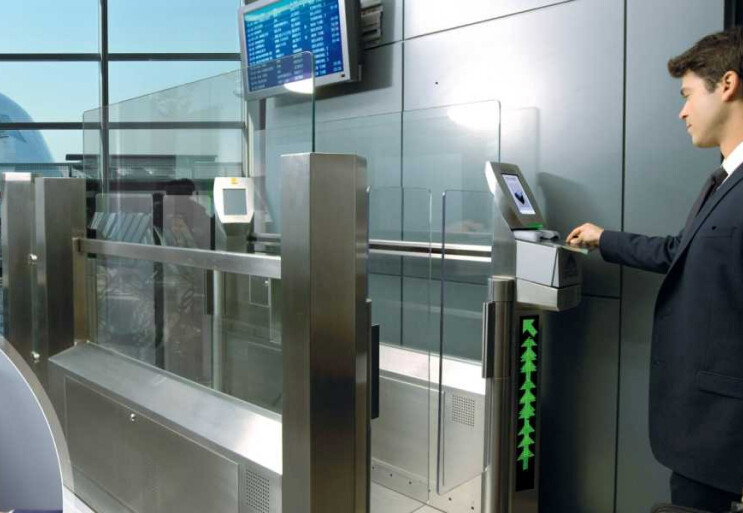
Identity verification at the entrance is performed automatically using a set of biometric methods.
Temperature measurement and face recognition are carried out using cameras operating in the optical and infrared ranges.
Access to the site is restricted for persons without permission, using someone else's or forged documents.
Access to corporate technical equipment (electronics, transport, and other infrastructure) by unauthorized persons is restricted.
The number of physical media for verifying access rights has been reduced.
Automating employee temperature measurement logging.
HR management
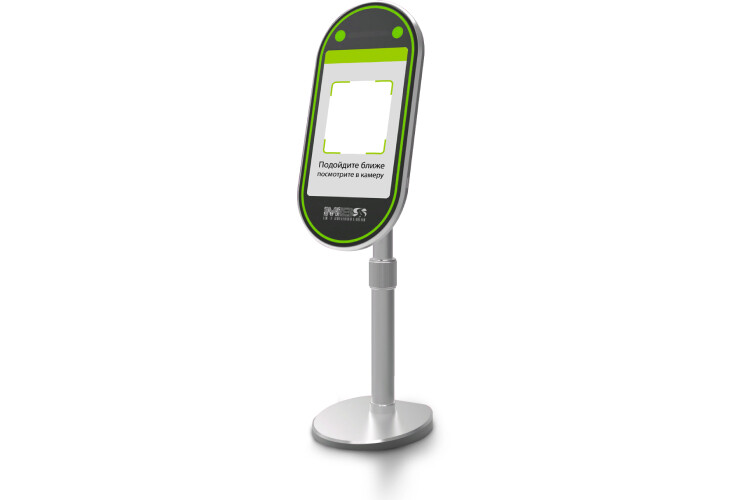
Working time control
- identification of working time reserves and violators of labor code and discipline;
- strengthening of control over mobile workers;
Processes optimization
- reducing the time required to fill out employee documents;
- reduction of paper document flow;
- strengthening control over compliance with safety regulations
(employees biometrically confirm familiarization with innovations).
Use for information security purposes
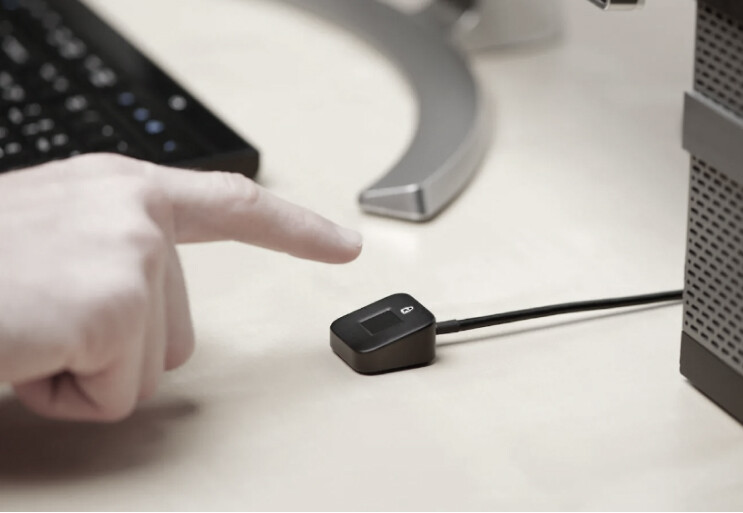
Access rights to information resources
- Reduced access time to various information resources.
- A single biometric password for all resources used by the employee.
- Increased security due to the inability to transmit a password.
Use at social facilities of companies, in corporate training and at events
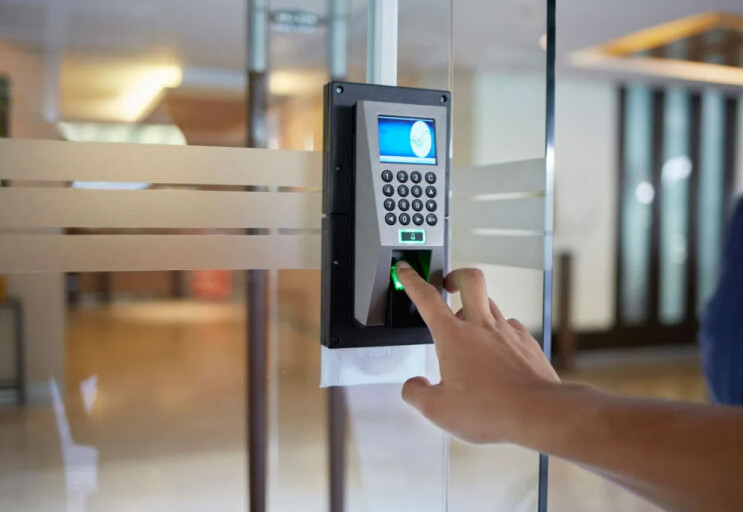
Monitoring of attendance
- Improving the accuracy of information about the actual load of social facilities (recreation centers, sports clubs);
- Monitoring of full-time and online learning attendance.
Employee's biometric ID card
- Improving the security level of events;
- Improve the accuracy of information about actual attendance at corporate events.
SIM card registration
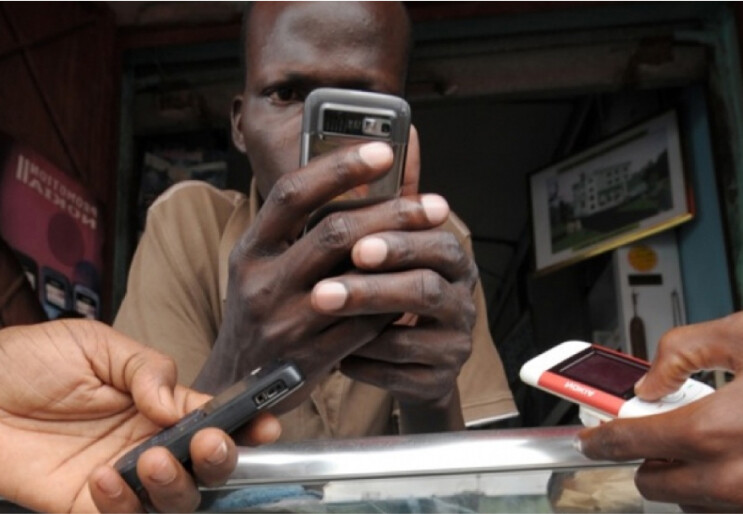
Portable and rugged Mobile Biometric terminals for register and validate customer data.
Full support of Facial and fingerprints biometrics.
Automatic reading of customer ID card for accurate enrollment.
Use by the security
service
HR management
Use for information
security purposes
Use at social facilities
of companies,
in corporate
training and at events
Sim Card registration
Use by the security service

Identity verification at the entrance is performed automatically using a set of biometric methods.
Temperature measurement and face recognition are carried out using cameras operating in the optical and infrared ranges.
Access to the site is restricted for persons without permission, using someone else's or forged documents.
Access to corporate technical equipment (electronics, transport, and other infrastructure) by unauthorized persons is restricted.
The number of physical media for verifying access rights has been reduced.
Automating employee temperature measurement logging.
HR management

Working time control
- identification of working time reserves and violators of labor code and discipline;
- strengthening of control over mobile workers;
Processes optimization
- reducing the time required to fill out employee documents;
- reduction of paper document flow;
- strengthening control over compliance with safety regulations (employees biometrically confirm familiarization with innovations).
Use for information security purposes

Access rights to information resources
- Reduced access time to various information resources.
- A single biometric password for all resources used by the employee.
- Increased security due to the inability to transmit a password.
Use at social facilities of companies,
in corporate training and at events

Monitoring of attendance
- Improving the accuracy of information about the actual load of social facilities (recreation centers, sports clubs);
- Monitoring of full-time and online learning attendance.
Employee's biometric ID card
- Improving the security level of events;
- Improve the accuracy of information about actual attendance at corporate events.
SIM card registration

Portable and rugged Mobile Biometric terminals for register and validate customer data.
Full support of Facial and fingerprints biometrics.
Automatic reading of customer ID card for accurate enrollment.

